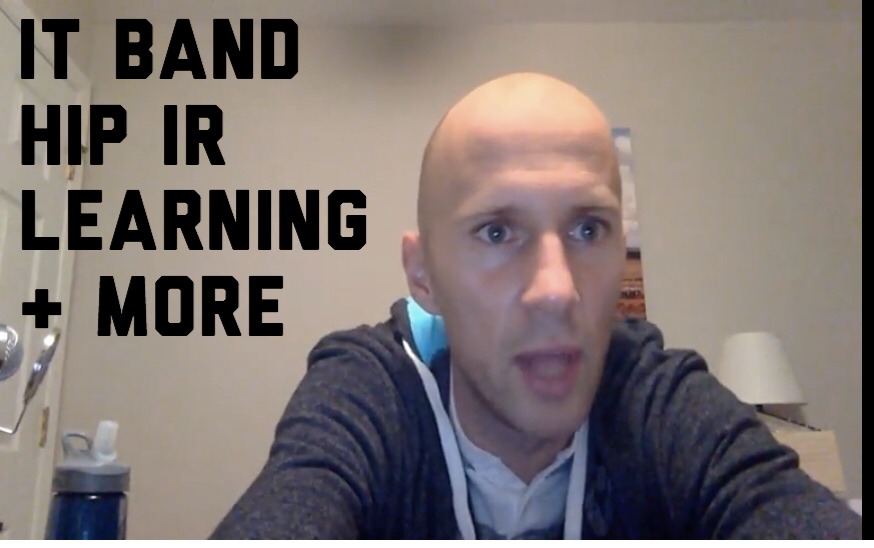Tag: pathology

Manual Therapy or Exercise? How About Both!
Get ready to have a model that allows you to apply both, no matter what peeps on the internet tell…

Iliotibial Band Bullshit, Deciding What to Learn, Hip Internal Rotation, and Structure, function, and pathology – Movement Debrief Episode 23
Movement Debrief Episode 23 is in the books. Here is a copy of the video and audio for your listening…
Chapter 4: Diagnosis of Specific Dysfunctions
This is a Chapter 4 summary of “Clinical Neurodynamics” by Michael Shacklock. Mechanical Interface Dysfunction In early stages of closing dysfunctions,…
Chapter 3: General Neuropathodynamics
This is a Chapter 3 summary of “Clinical Neurodynamics” by Michael Shacklock. What it is General neuropathodynamics are abnormalities consistent throughout…
